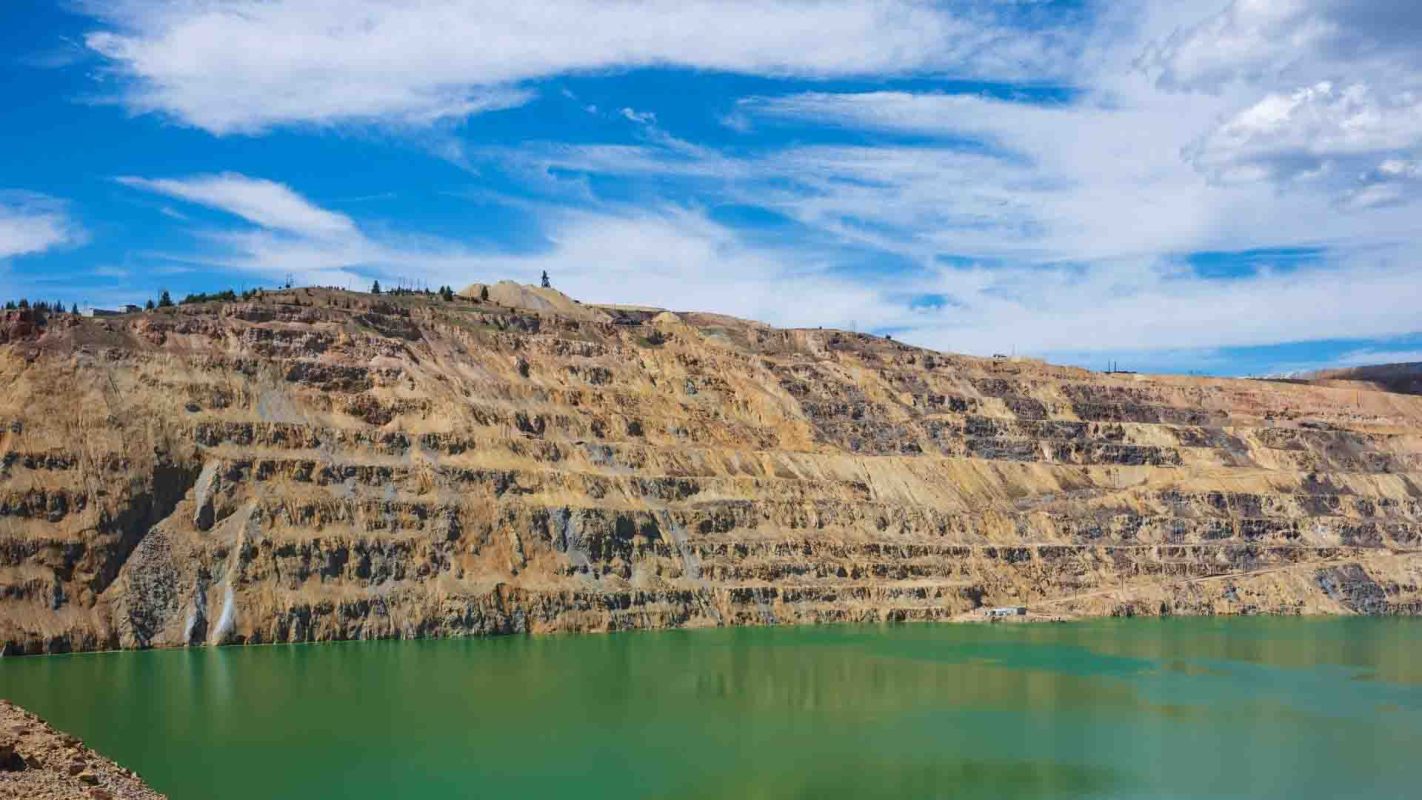Rising temperatures across the globe have caused an increase in extreme weather events like hurricanes, wildfires, and even winter storms.
But there are also other, less obvious effects to consider — new risks that could be turned into reality because of those extreme weather events.
In 2019, the U.S. Government Accountability Office (GAO) published a report which pointed out that flooding, wildfires, rising sea levels, and other destructive events could impact "Superfund sites" across America, causing a whole new kind of environmental concern.
What are Superfund sites?
Many industries in America use chemicals that are vital to their businesses but dangerous to people and the environment. This creates sites where toxic chemicals have been spilled, intentionally dumped, or heavily used.
The Environmental Protection Agency has a program called the Comprehensive Environmental Response, Compensation, and Liability Act of 1980 (CERCLA) to identify, manage, and clean these areas, which are called "Superfund sites" due to their notable contamination levels.
How does extreme weather affect Superfund sites?
While the EPA is taking steps to contain the toxic chemicals at Superfund sites, these safety measures were designed around current conditions. Changes in weather and the environment could cause these chemicals to spread and cause even more damage.
For example, flooding in a Superfund site with contaminated soil could wash toxic chemicals into new areas — or even into local water supplies. If rising sea levels overtake a Superfund site, the chemicals could seep out into the seawater, potentially damaging sea life and harming people who live along the coast.
Many substances produce toxic fumes when burned, so a wildfire at a Superfund site could pollute the air over a wide area.
The 2019 GAO report found that 60% of Superfund sites were vulnerable to extreme weather events caused by rising temperatures worldwide. The GAO identified six ways that the EPA could manage these risks and found that the EPA's current practices "align with three of the six essential elements of enterprise risk management the GAO previously identified, partially align with two essential elements, and do not align with one essential element."
This means that at the time of the report, many Superfund sites were at risk of causing future environmental damage.
How the EPA is addressing the issue
In its report, the GAO made four recommendations to change the EPA's procedures to address extreme weather. These included improving information about Superfund site boundaries, changing the agency's process for evaluating and responding to risk so that it includes measures for extreme weather, and clarifying how the EPA's planned actions fit with its goals.
The EPA has taken each of these suggestions and plans to enact all of them as part of its 2022-2026 strategy.
Want more? Follow The Cool Down on Instagram and join our Weekly Newsletter for cool stories and easy tips that save you money, time, and our planet.








